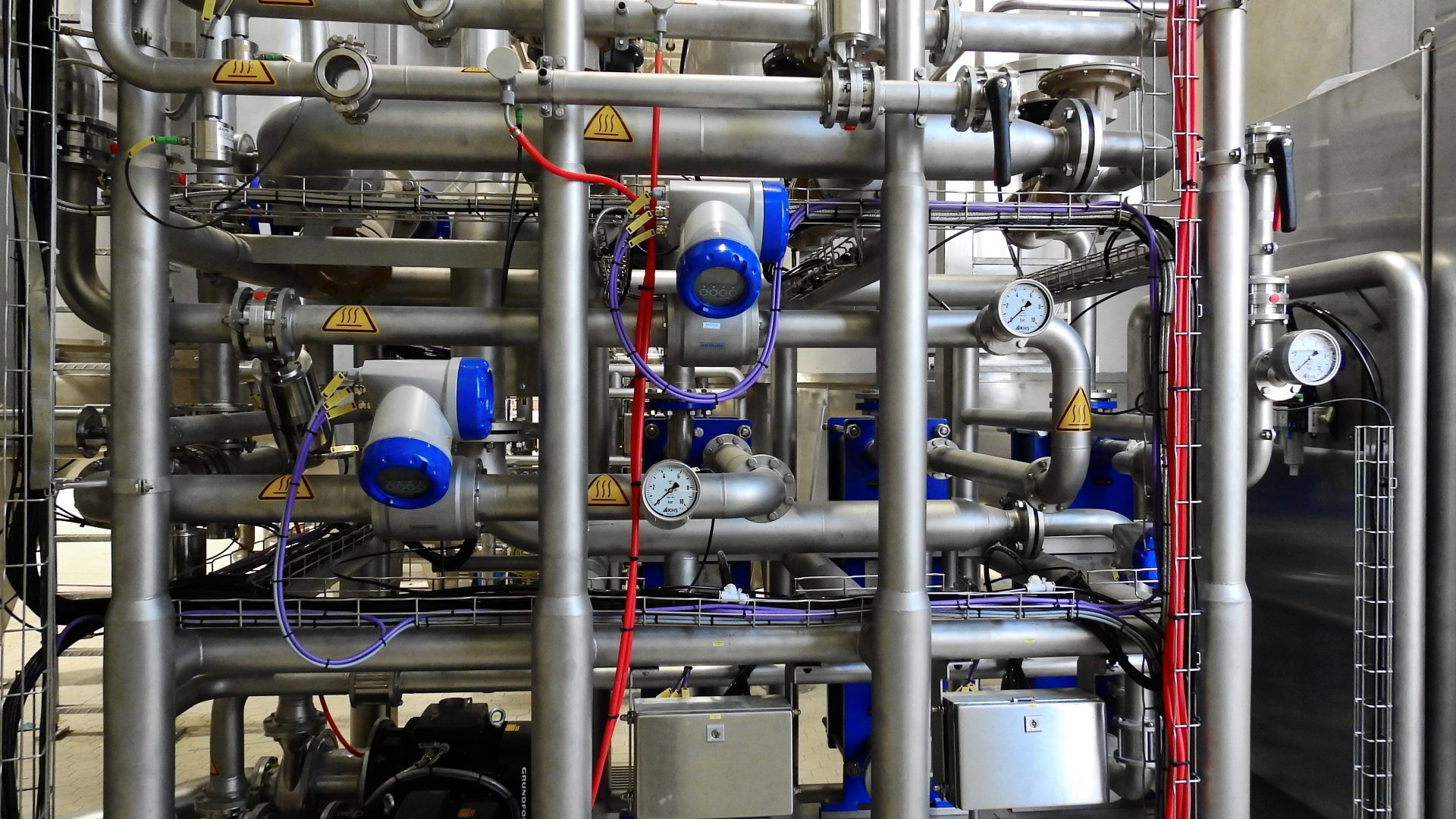Some within the industry may still recall the giant IBM computer rooms of the 1970’s, with their huge tape reels winding back and forth. Some may even have heard rumors of a back-up room, although none were allowed to visit. So were these stores of information classed as data centers? No not quite, because there was no internet allowing users to access the information from remote locations.
Things have improved exponentially since then. A laptop computer now has more data density than a 1970’s IBM main frame, and thanks to mobile we have virtually unlimited access to information on the internet. However, and that’s the point of data centers really, we decentralized our devices and semi lost control of our data security.
It was not long before servers began appearing in businesses. These were in a secure place – typically under lock and key in a strong room or a basement. All was well until the fragility and insecurity of this approach was highlighted by extreme weather events, where a company’s entire data could be wiped out in a storm surge or a hurricane. With these experiences, companies began to realize they needed secure back-ups in remote locations.
How Central Data Centers Replace Own Self-Storage
For perhaps a decade US corporates were content with their own data stores of information in secure premises. However it is still possible to lose these. Cyber threats and unethical hackers are very much a real part of life these days, with that comes the imperative to entrust our backups to experts in safe storage.
For these reasons most American corporate and government agencies employ a dual system. They keep their data in at least two separate places (often three), namely their own data centers and commercial backups of two types:
- Data centers where their information resides on host machines
- Colocation centers providing safe environments for their own storage
The Four Fundamentals of Data (Colocation) Centers
MEP – HVAC and Power
If we were to compare a data center to a living creature, then HVAC and MEP systems would be their blood supply. Electrical and data cables snake unseen under raised floors and in cable trays from the ceiling. Chilled air from the HVAC system circulates under the floors and throughout the room, displacing warm air that powerful pumps expel outside.
Servers – The Heart of Data Processing
Servers receive data, process it, and make it available to authorized devices. They also host applications through which users connect to their data. Servers must be right-sized to the volume of data, and the number of users concurrently connecting to them. Cloud-based data centers own their servers, while these belong to individual colocation clients.
Storage – The Heart of the Matter
The name ‘data center’ not ‘network service’ says it all. Storage is the heart of our business. Big data stores reside separately from their servers, unlike computers and phones. This enables many users to access them concurrently without being aware of each other.
And Finally, the Network That Joins Things Up
We wrote about servers and data stores as separate entities. They are, until the data center network connects the servers and data stores to the multiplicity of users, via cables, switches, fiber optics, and the internet. If you think of networks in terms of highways and railways you are thinking along the right lines.
Unpacking Data Centre Infrastructure in More Detail
However, there is more to data centers than users, servers, storage, and networks no matter how essential these are. The world is a constantly changing place, and we do need to stay ahead of data security, cybercrime, and extreme weather.
Therefore, a data center features a complex network of application delivery controllers, routers, security devices, servers, storage systems, switches, and so on. These enable it to manage critical data on behalf of clients, provided it keeps its finger on the pulse of efficiency, reliability and security through a process of continuous evolution.
This Necessitates a Complex Infrastructure
A data center requires an advanced infrastructure to maintain reliable software and hardware operation. Especially in an environment that generates considerable heat.. These strategies include:
- Uninterruptible power supply that renders the grid redundant if it fails
- Backup generators and battery storage banks providing alternative energy
- Data cabling to connect to telecom and internet service providers outside
- Sufficient ventilation and cooling to keep the equipment operating smoothly
And An Appropriate Data-Driven Architecture
The physical architecture must obey the rule that form should follow function, so that the data center building can withstand storms, floods, terrorist threats and other potential disasters. Designers must consider mirrored data centers, and whether to build or lease them. They need to know how much downtime their service can stand in the event of a forced outage.
They also need a physical extension plan in case their facilities become overcrowded. This has knock-on implications for power requirement and bandwidth planning. They also require adequate fire-suppression systems, and a security strategy able to detect, and deal with all anticipated threats.
How to Choose the Right Data Center Provider
These architectural and infrastructure challenges are convincing more and more small, medium and large American companies to entrust their data safety to professionals in data storage. Of course, not all data centers are the same and they increasingly rely on data center tiers.
The TIA-942 system depends on published standards by the American National Standards Institute (ANSI) and the Telecommunications Industry Association (TIA). Their evaluations range from Tier One (a modified server room) to Tier 4 (a very high level of system security and reliability).







